The power of social media in connecting like-minded practitioners Just last weekend I was fortunate enough to be invited to do a keynote speech to kick start the PhysEd Summit 2014. In the keynote, I spoke about the power of social media in helping to professionally develop physical education teachers by bringing them together for online learning. There is not a doubt in my mind that being a connected educator (virtually) can and will make you a better educator, especially if you implement the steps in setting yourself up in the right way. However, I'm going to take it one step further and say that these connections that you make online can lead to so much more when you take the time and energy to meet members of your network face-to-face. I've been lucky enough to meet a number of physical education teachers from our network face-to-face over the past year and it is always so rewarding to do so. In the last year, I have met Joey Feith, Ross Halliday, Dean Dudley, Toby Summerfield, Adam Llevo, Osama AbuJafar, and today was very happy that Susan Flynn took the time out to come and see me at my school here in Nanjing. Susan is an energetic, positive, and very passionate physical educator with loads of experience. She currently teaches at the College of Charleston in South Carolina. She was invited to come and present to some of the best PE teachers in China and help them to deepen their practice by sharing her wonderful experience. Although we just met for a couple of hours, she was able to observe my classes, get a feel for my program, and even teach some dance to my grade 5 students. I always feel so blessed and fortunate when I am able to meet educators who are so passionate about what they do and are making a difference in our field. THANK YOU to Susan for taking the time out of her very busy schedule to come and see me at Nanjing International School. If you haven't had a chance to meet educators you are connected with on Twitter and have a chance to do so, you should jump at it. If you been able to, I'd love to hear your experiences in the comment box below. Thanks for reading!
1 Comment
Exploring and Defining Important Student Learning OutcomesGetting students immersed into a new unit is critical as it allows them to explore different activities and make meaning of what is required of them. This immersion or tuning in phase is one of my favorite parts of a unit as I let the students play, explore, create, and discover. However, having said this, it is important to emphasize that all the activities we do are purposeful and related to the big ideas of what is expected of them in regards to essential student learning outcomes in the unit. Bearing this in mind, I always have a very clear structure as any unit unfolds. I have just begun a striking and fielding unit in grade 3 this week at Nanjing International School. Striking and fielding can be a particularly difficult unit for some students as they struggle with hand and eye coordination, so in order to allow all students to find success, the activities need to be very much differentiated right from the get go. As part of the immersion process, I had the students watch the '10 Best Cricket Catches of 2014' on You Tube. I have included this video below. Although the video is over 5 minutes long, I skipped through parts only showing them 4 of the best catches to give them the idea that there is a lot more involved in the process of catching rather than the act of catching itself. Before watching the above video, I had the students focus on the driving question that they were going to think about while taking part in the activities in the PE class. The key question that they were going to answer at the end of class was: What skills were important in today's PE class? During quick water breaks, I reminded them of the key question to make sure that it was always in the back of their minds. After watching the short video, I had the students take part in a number of different activities that built in difficulty as the class progressed. Watch the video below to see the types of activities I had the students do. Apologies in advance for the video not being the best quality, but you'll still get an idea of what was expected of them in today's class. Once we completed the last activity seen in the video above, we sat down for the last few minutes and had a discussion related to the driving question that I had asked them to think about during the class. I jotted down their ideas in my journal then created the visual below during my next prep. When the students come to their next class, the visual will be ready to go and posted on the wall. Embedded within this visual are many of the actual student learning outcomes expected of them this unit. Making these learning outcomes explicit is an important part of the immersion or tuning in phase of any unit that I do in PE. I'm looking very forward to seeing how the students progress and improve in the striking and fielding unit.
"You Are the Difference Maker" Keynote Introduction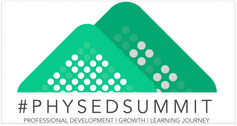 Over the past weekend, the #PhysEd Summit 2014 was held online. The event was organized by a group of passionate physical educators from the US and Canada connected with Physedagogy.com. The Physedagogy team had spent several weeks working on developing the event with the aim being to bring PE teachers together online for a free day of PD. There were 4 different blocks that teachers could sign up for and then the event concluded with 4 round table discussions for elementary, middle school, high school, and pre-service teachers. The main platform for running this PD was Google Hangout. Such a great form of PD for all those involved. You can follow any of the Physedagogy team on Twitter by clicking on their photo below. A few weeks back, I was approached my Adam Howell to be a keynote speaker to kick the #PhysEd Summit off. It was a great honor and privilege to have been invited to do so. I believe so strongly in the value of online professional learning that I jumped at Adam's invitation to share my thoughts and passion about the topic. The main points that I was trying to hit upon were that teachers need to take initiative in professionally developing themselves and that it is movements such as our online professional learning community in PE that is going to bring long term change to how administrators and policy makers view our important subject area. I've included a You Tube link to my keynote below. If you have time, check it out. Would love to hear your thoughts and opinions related to my message. Three Insightful Reflection Questions By Joey Feith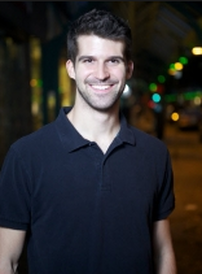 Wow, things have been a bit hectic and crazy over the past few weeks with lots of things going on in my life. From teaching and coaching to leading workshops and doing reports, the time is flying by. In the past week, I made public the fact that I have decided that this is going to be my last year of teaching. Making the decision to give up something that I truly love and am passionate about was no easy task, but I feel that I’m ready for a new challenge in my life. I feel that this new chapter will be a rewarding one as I am aiming to work with teachers, in their own setting, helping to enhance the programs that they run. As well I intend to run a few workshops over the year. All exciting stuff but a huge leap into the unknown. I wrote a blog post on PYP PE with Andy earlier this week explaining some of the reasons for my decision. I have had huge support from my colleagues, from the educators I am connected on Twitter with, and from friends and family around the world. My good buddy Joey Feith, founder of ThePhysicalEducator.com left me a warm and encouraging message of support on my blog that I read the other morning before school. In the comment, Joey asked me 3 very insightful reflective questions that immediately got the wheels of thought spinning quickly in my head. Massively important questions that I really need to reflect on as I move closer and closer to the end of the year. I’d like to share Joey’s three questions with my readers and take a stab at answering them as honestly as I can. Reflection is such a huge part of my practice, so I couldn’t think of 3 better questions to ask me at this point in my life. Thank you Joey for these questions. So here we go... Goal-Setting Through the Growth MindsetAs an educator, nothing moves me more than seeing young people overcome obstacles that hold them back from achieving success in school. This is not just about PE, but in general, the need for students to develop a constant and unwavering belief that they can do anything that they set their minds to. There is no question that I love teaching PE and have devoted my life to being the best that I can be at it. I firmly believe that physical education has the power to change the lives of young people forever, especially when delivered in way that allows every student to to thrive. But, the longer I teach PE, the more I realize that our subject area can and should offer so much more to the young people passing through our programs. Does physical literacy need to play a dominant role in any PE program? Without question, YES. Maximizing opportunities to build and strengthen levels of cardiovascular fitness should also be at the forefront of any quality physical education program. But, first and foremost, I believe that the most pressing issue needing to be addressed is the mindset of the students that we teach in PE. Regardless of age, gender, ethnicity, socioeconomic status, or personality type, mindset is everything. Helping to develop a growth mindset in our young learners brings so much value to their lives both in and out of school. I have just finished off teaching one of the best units I have ever taught in PE. Many readers on my blog know that student ownership over learning is something that I embrace in my program. I try to provide students with as many genuine opportunities as possible to design their own learning, but do so in a purposeful way. I want to share a recent ‘Growth Mindset’ unit of inquiry that took place in the grade 4 classroom. It was one of those units that I had to get PE totally involved in as there were so many authentic learning connections and links. I fully collaborated with classroom teachers during the planning phases of this unit keeping them informed of everything that was happening with their students in PE. The big ideas being explored in this unit can be seen in the photo below. I broke down what each of these concepts means with my students during the first few weeks of the unit. Before going any further about this unit, I must ‘fess’ up and let you know that I was actually required to teach an Adventure Challenge unit. However, integrated learning is such a powerful thing when done right and I felt that I had sound pedagogical justification for pulling the plug on adventure challenge and replacing it with a wonderful substituted integrated learning experience instead.
The first thing that I needed to think about was how I was going to ensure that the student learning outcomes from the adventure challenge unit were still going to be met despite changing the main focus over to more of a goal-setting type unit. My student learning outcomes are quite broad and allow for flexibility. I found that it was not a stretch making these student learning outcomes fit. The main aim of the newly shaped integrating Growth Mindset unit was essentially to allow students to select their own goals, something that they had little experience in or considered themselves not very good at. Through play, exploration, and lots of repetition, they had to set a smart and specific goal that they would work toward over the following 6-7 weeks in PE. I published a progress update on my blog earlier on in the unit here if you want some more background. As the adventure challenge unit dealt with learning outcomes such as Group Dynamics, Coping With Situations of Change & Adversity, Interactions With Others, Rights & Responsibilities in Relationship With Others, and Making Informed Choices & Evaluating Consequences, in my eyes there was a perfect fit. I had no intention to actually assess the physical skills related to their growth mindset goal. Instead I was more focused on their mindset itself and how they worked together with others who had similar goals. I was observing how engaged they were in the unit and even checking their heart rates from time to time to see their level of physical exertion. A few relevant examples here. I had two boys (who really don’t hang out together) select a goal related to baseball. They both wanted to throw more accurately and catch better using a baseball glove. Together they came up with loads of activities that were challenging for them. They worked great together, supported one another, and were 100% engaged the entire unit. They brought their own baseball gloves each class and made loads of progress. It was great to observe. The only times I stepped in were to give little tips here and there or to actually throw and play catch with them. There were a group of students who selected badminton as their main focus, but within this group there were several distinctly different goals. The group worked together, creating games that worked specifically on the goals that they had set. I had two girls choose skipping as their growth mindset goal. At the start of the unit, it was clear to see that they were not very skilled in skipping struggling with coordination. However as the unit went on, they showed a continued belief in themselves and worked extremely hard. Near they end of the unit, they were both skipping in the 70-90 skips a minute range showing a vast improvement overall. Never once did I have to step in to tell them anything, coach them, or give them specific drills to do. The two girls did it all on their own! I was so proud of them. As you can see, my final assessment task was more reflective in nature. As I wasn’t assessing their physical skills, I was more concerned with how they felt about themselves, what they were most proud of in the unit, and what frustrated them the most. I also asked a very important question to finish off the task. I asked them if they would like to see more goal-setting type units in PE. Out of the 60 grade 4 students that I teach 100% of them want to see more units like this in PE. Below are some powerful reasons why. Very strong reasons and evidence to show that students love choice in PE. They want to make their own choices and when we give them every opportunity possible to have ownership over their learning, they can and will succeed! It is clear from this unit that my students want further goal setting in PE, so I will listen to them and honor their wishes. Great learning, having fun, and playing with a purpose is what it's all about!! If you have tried this in your PE program I would love to hear about it. An exciting journey into the unknown Being involved in education and coaching over the past 20 years has allowed me to learn so many important things about life and teaching. However, it wasn’t until the last four or five years that my life has taken on significantly more meaning as I have come to the realization that teaching is a gift, a privilege, and an honour that should always be embraced. Many people have heard or read about of a near death experience that took place in my life a few years back while working in Cambodia. Sharing the story on my blog last year was a difficult thing to do, but I knew that doing so would allow me to help put into perspective why I love doing what I do which is teaching and learning as much as I can about the important things in life. The accident gave me the courage and strength to let go of fear and to be the person I was always meant to be. I truly strive to make a difference to those whose paths I have been lucky enough to cross. I love inspiring others to be the best that they can be whether it be a student, a colleague, a friend, a family member, or someone I just met. This is what drives and inspires me to be the best person and educator I can be. Blogging and becoming a socially connected educator has been one of the most rewarding journeys I have ever embarked on as it has led to so many incredible learning opportunities, both personally and professionally. As life around us continues to change at an ever-blinding pace, it can never be forgotten that people are the world’s most valuable resource. It is people that matter to me, in particular the young learners of today. The greatest gift we can ever bestow upon a young people is to push them on a path that allows them to achieve whatever it is they set their minds to. To give them the tools necessary to help build their confidence, to strengthen their mindset, and be difference makers in a time when the world needs it the most. Although I am passionate about teaching young people, I have decided that I am going to embark on a new chapter in my life. My wife, Neila Steele, has been one of my biggest supporters and has made me realize that this is something that I must do. Neila has given me the final push needed to make this dream a reality. I have decided that I am going to pursue a full-time career in teacher training. My ultimate desire is to inspire teachers to deliver the best learning experiences possible for the students under their care and guidance and I will strive to do this through writing, consulting, presenting and leading workshops around the world. A long time goal that I never thought I could achieve but now know that I can. Over the past few years, I have loved documenting real life experiences of teaching my students and sharing their successes. It has always fired me up to create and share actual assessment strategies that I have developed and use in my classes. It pains me that after June 2015, I will no longer be able to blog about my own teaching anymore, but I will devote my time to blogging about the things that I feel are most important when it comes to teaching practice. I will continue to share teaching and assessment ideas with regularity on my blog and truly hope that the readers who have visited my website up until now will continue to support the work that I do. After all, my work has always been about helping teachers get better. In the process of sharing my work, I have also become a much better educator as well. If my work has meant something to you, I have a simple favor to ask of you. Please share my work, my vision, and and my blog with any educators that you feel will benefit from my philosophy and approach. This is all I ask. Thanks for your continued support and happy teaching to you all. _above image used from lostinsampa.wordpress.com Is there really only one way to do it?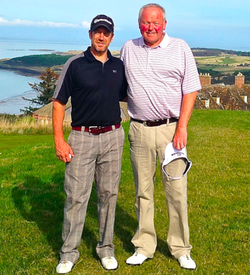 Life always offers us plenty of learning moments, especially when we are mindful and present. My good buddy, Ross Halliday, wrote a great guest blog post on my website back about a year ago that emphasized the importance of teaching with your head, your heart, and your hands. In the blog post, Ross also talked about the importance of having our 'learning goggles' always turned on. Learning goggles is a term coined by Zoe Elder in her book Full on Learning which Ross had read and recommended to me. Learning goggles refers to the idea that life offers us a plethora of opportunities in which we can learn something new each and every day by observing the world around us. Whether it be through daily interactions with others, books or articles we are reading, obstacles and challenges we face, or those chance meetings with people on the street, there is always something to be learned if we keep our learning goggles turned on. Being aware of the world around me and taking it all in has allowed me to open my mind and to learn many new things that are immediately applicable in my teaching and in my personal life. As a lifelong learner myself, I am always inspired to learn as much as I can by those around me. I have been extremely lucky to spend the last week in Scotland, playing golf and enjoying the stunning landscape and interesting culture. I am fortunate to have connected with a local golf legend who has contributed so much to golf in this region of Scotland. His name is Mike Robson. He holds numerous course records, has played with some of the very best European touring pros, and organizes loads of prestigious golf events for young people who visit Scotland from different places around the world. I have played golf every day with Mike this week and amazingly it was Twitter that brought us together. Golf is such a tricky and technically demanding game. As technology continues to change everything about the world around us, it has had a huge impact on golf as well. Apps and other forms of technology allows golf swings to be broken down and analyzed in such intricate detail. Many players are so caught up in this technology and are in constant pursuit of the perfect golf swing. When you look at current pros from around the world it is difficult to tell one swing apart from another at times as there seems to be just one technically perfect way to swing the golf club. I'm not going to go into great detail here about the technically perfect way that experts teach how to swing a club. All you need to know is that Mike doesn't do any of that. From his grip to his stance and follow through, he does it all his own way and has done so for his entire career. And never once has it stopped him from achieving excellence. When I think about the way that Mike swings the golf club and the ways, as educators, we are told are the best ways to teach, I can draw some very important conclusions. What does getting the job done mean? As educators, if we are to fully engage young people and allow them every opportunity to succeed, what might we need to do better? How can we nurture and embrace individual uniqueness? How can we help very unique and talented students thrive and flourish? How much talent out there has been squashed due to every drop of uniqueness being squeezed out of some young people?
When I think of a curriculum and all of its subject areas, I see so many amazing ways to let kids flourish. They certainly need guidance and direction, there is no doubt about this. However, I have personally observed all too many times in the past, actions by teachers that stifle uniqueness and emphasize conformity. Mike Robson, a great man and amazing golfer has reinforced within me a need to write about this topic. We must allow young people to be their unique selves and to flourish in ways that best suit their aptitudes and abilities. We must create as many authentic opportunities as possible that emphasize empathy, compassion, and true ownership of learning. I want you to think about students you have who are very unique and like to do things their own way. Are they able to get the job done? Are they engaged when doing so? Are you teaching them only one way to get the job done or are you allowing them the freedom to get it done their own way? Easier said than done, yes! However, this blog post is just to get you thinking about this topic and evaluating your own stance on it. Would love to hear your comments. |
AuthorKAUST Faculty, Pedagogical Coach. Presenter & Workshop Leader.IB Educator. #RunYourLife podcast host. Archives
September 2022
|
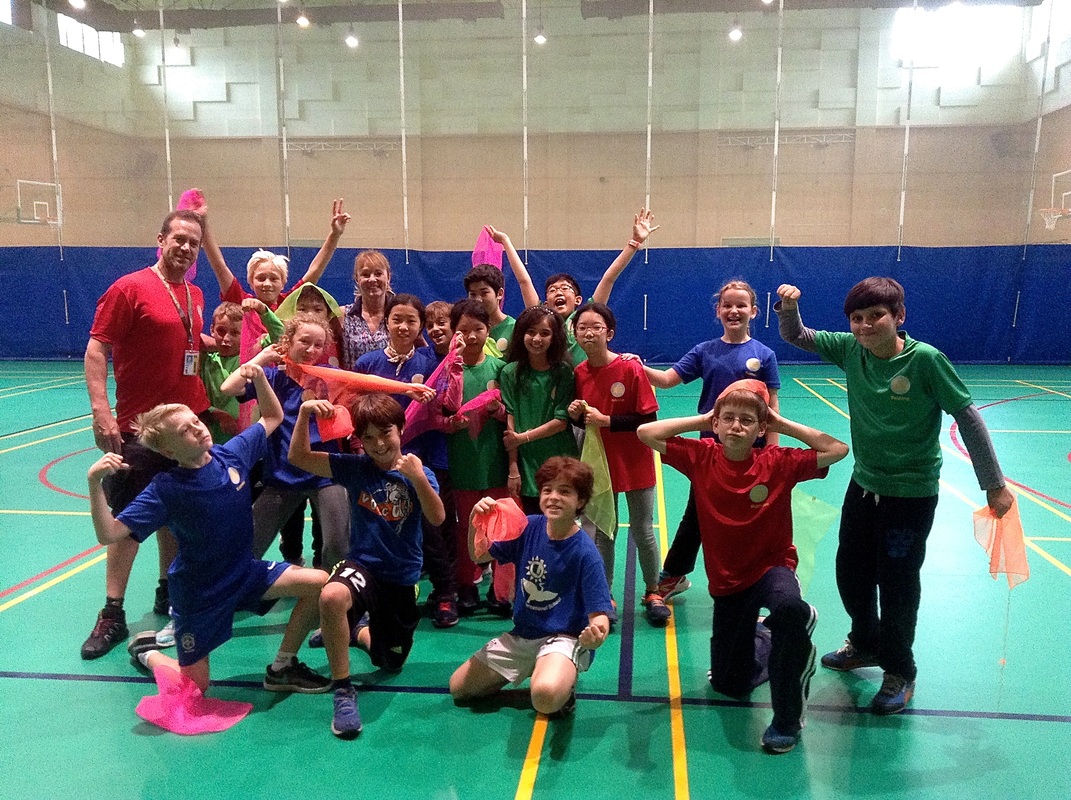
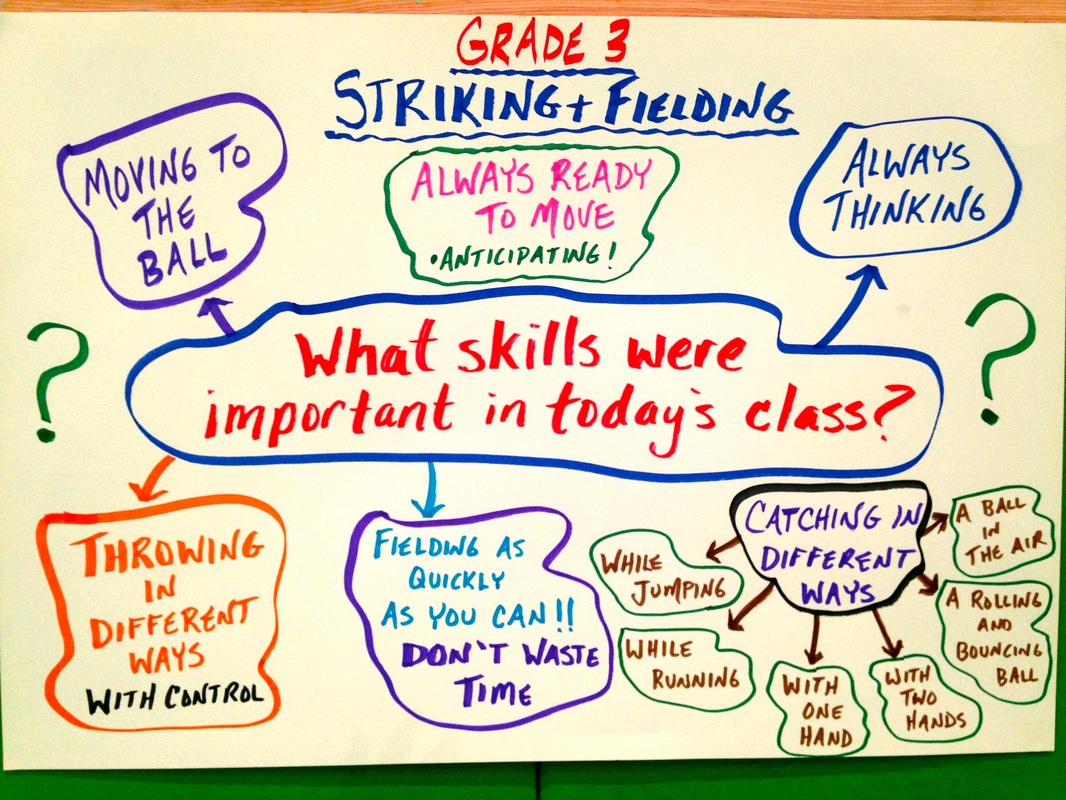
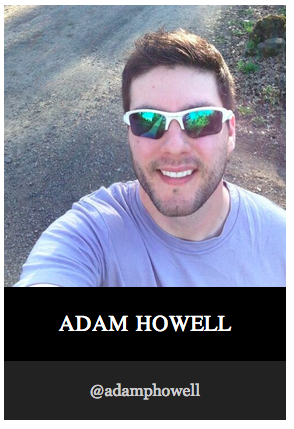
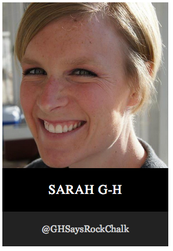
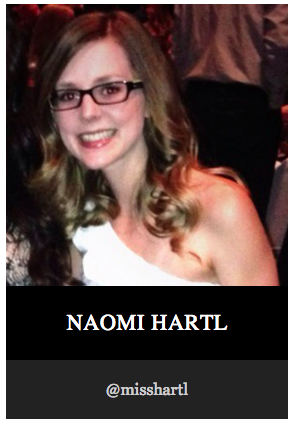
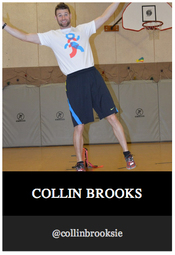
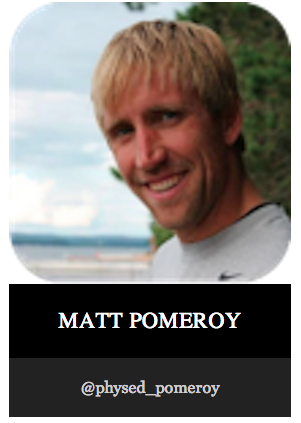
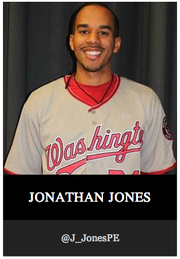
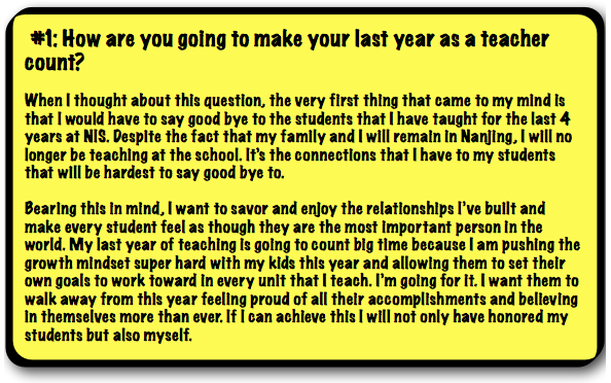
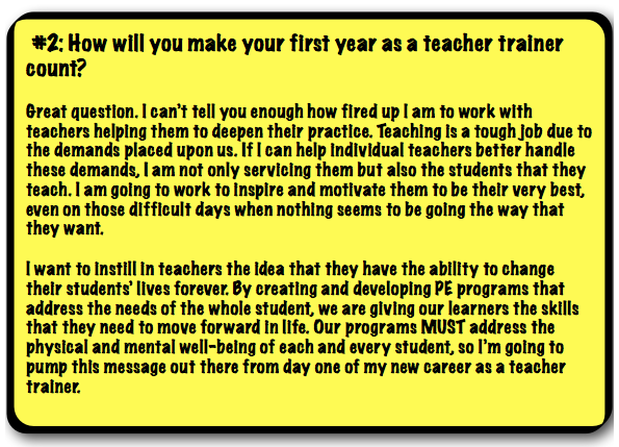
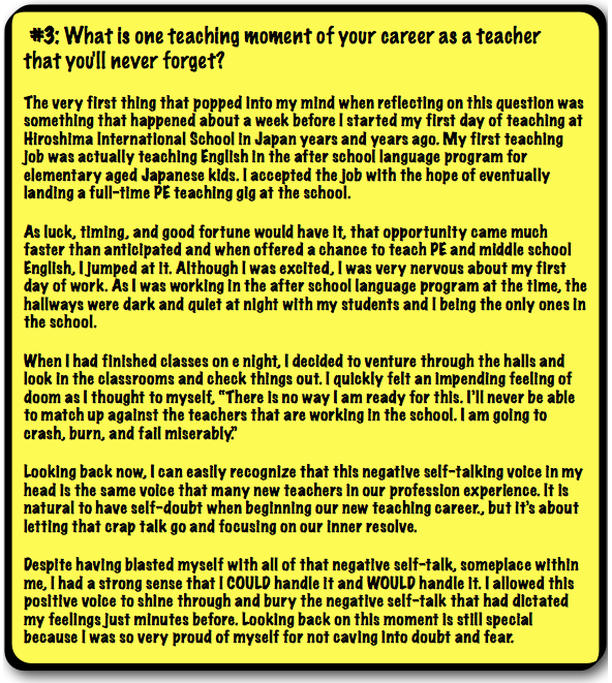
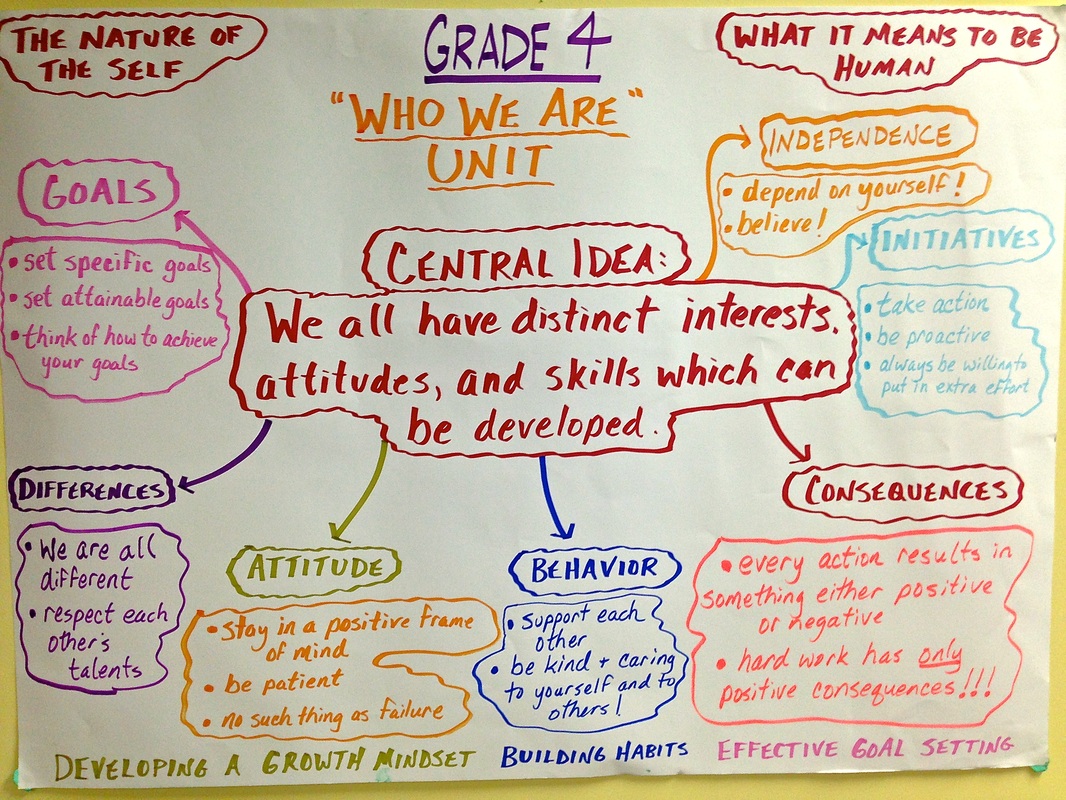
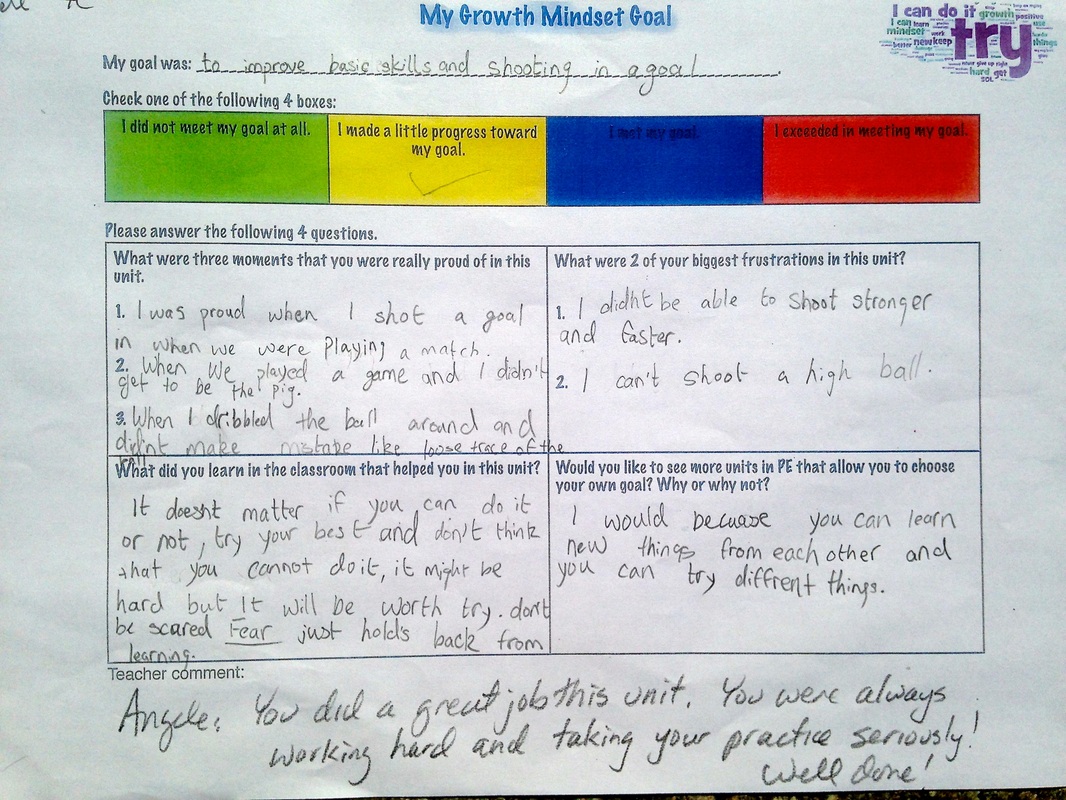
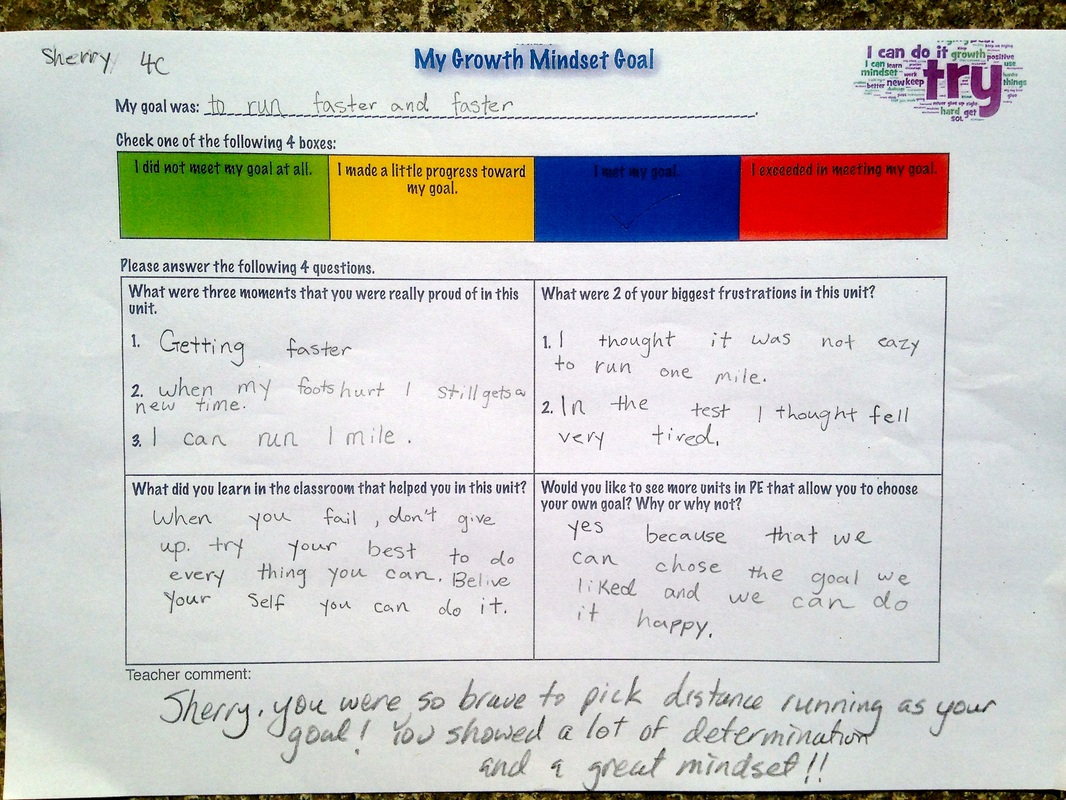
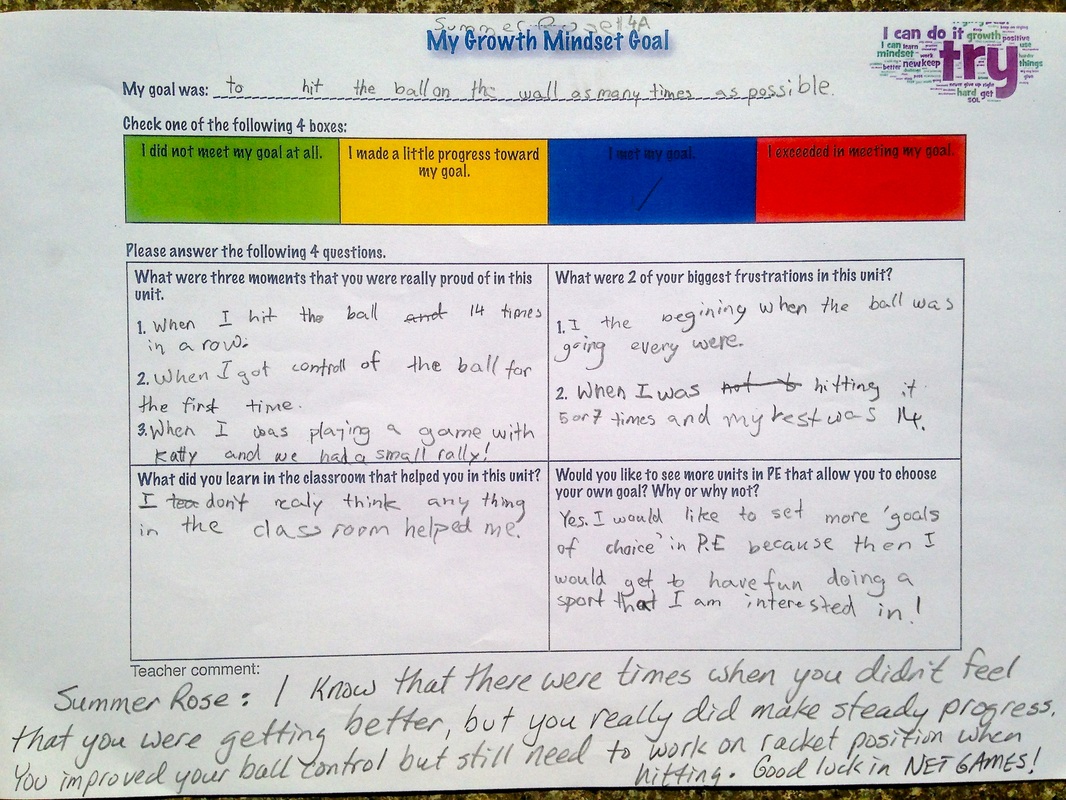
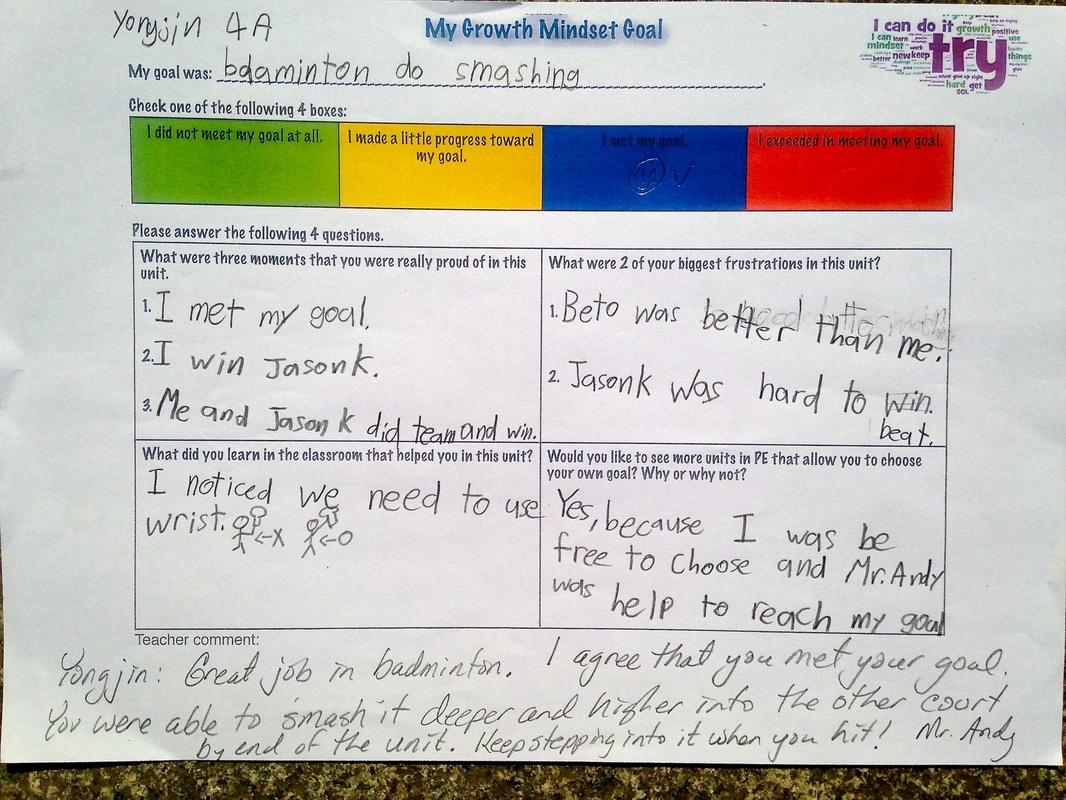
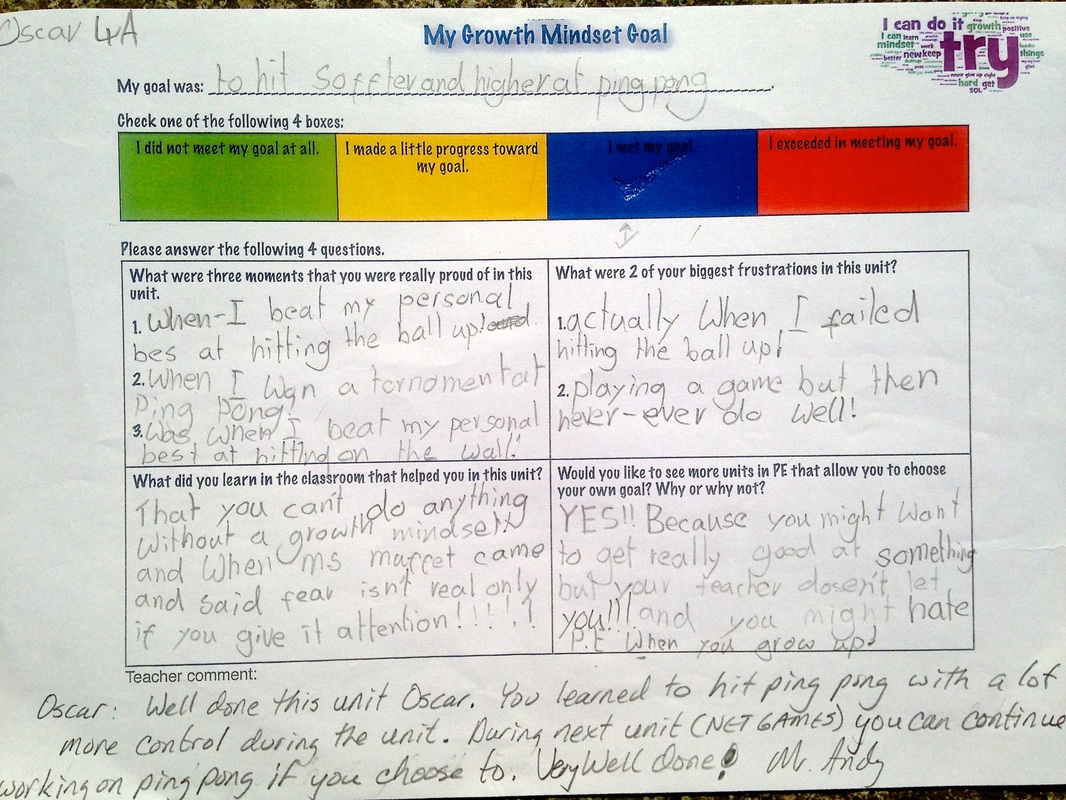
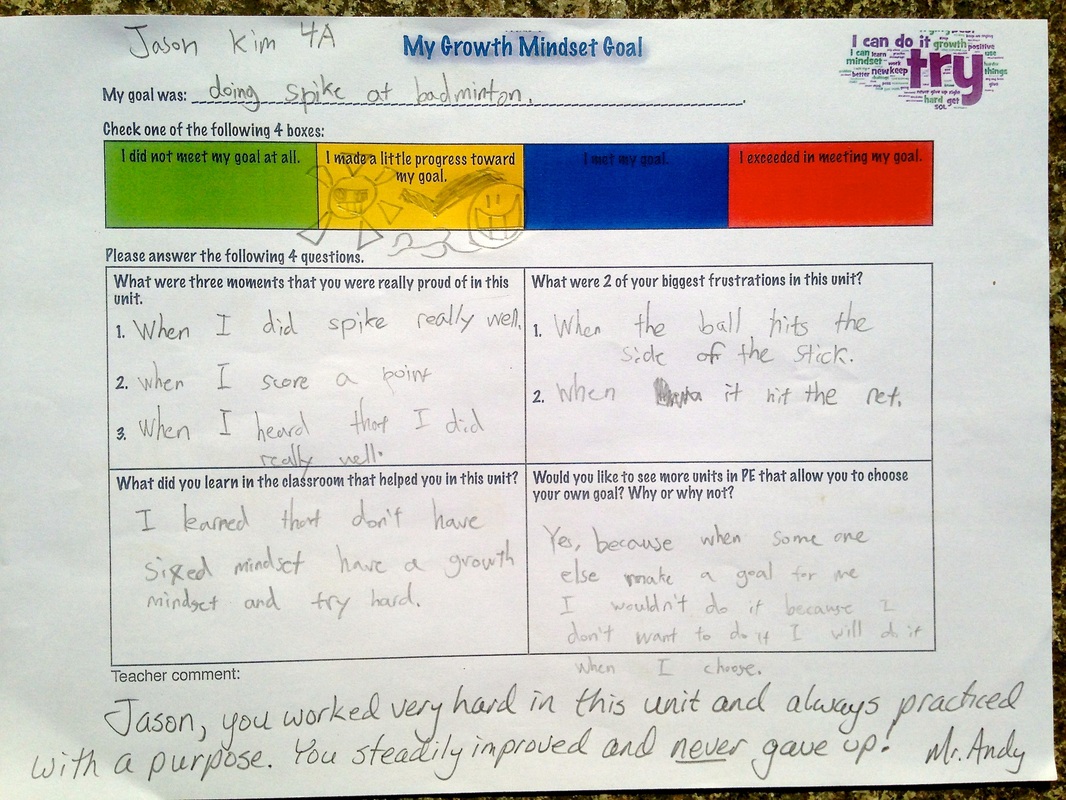
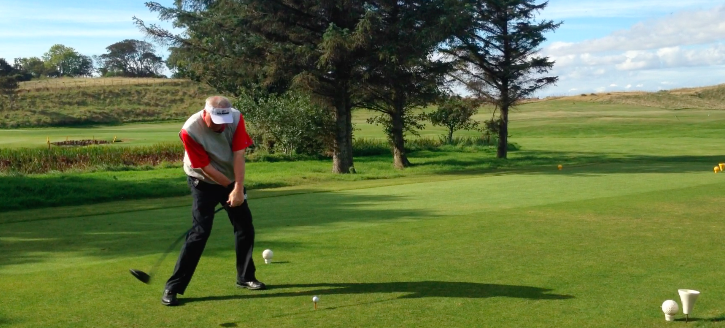

 RSS Feed
RSS Feed